Saturday Shoutout / Orvis On Demand
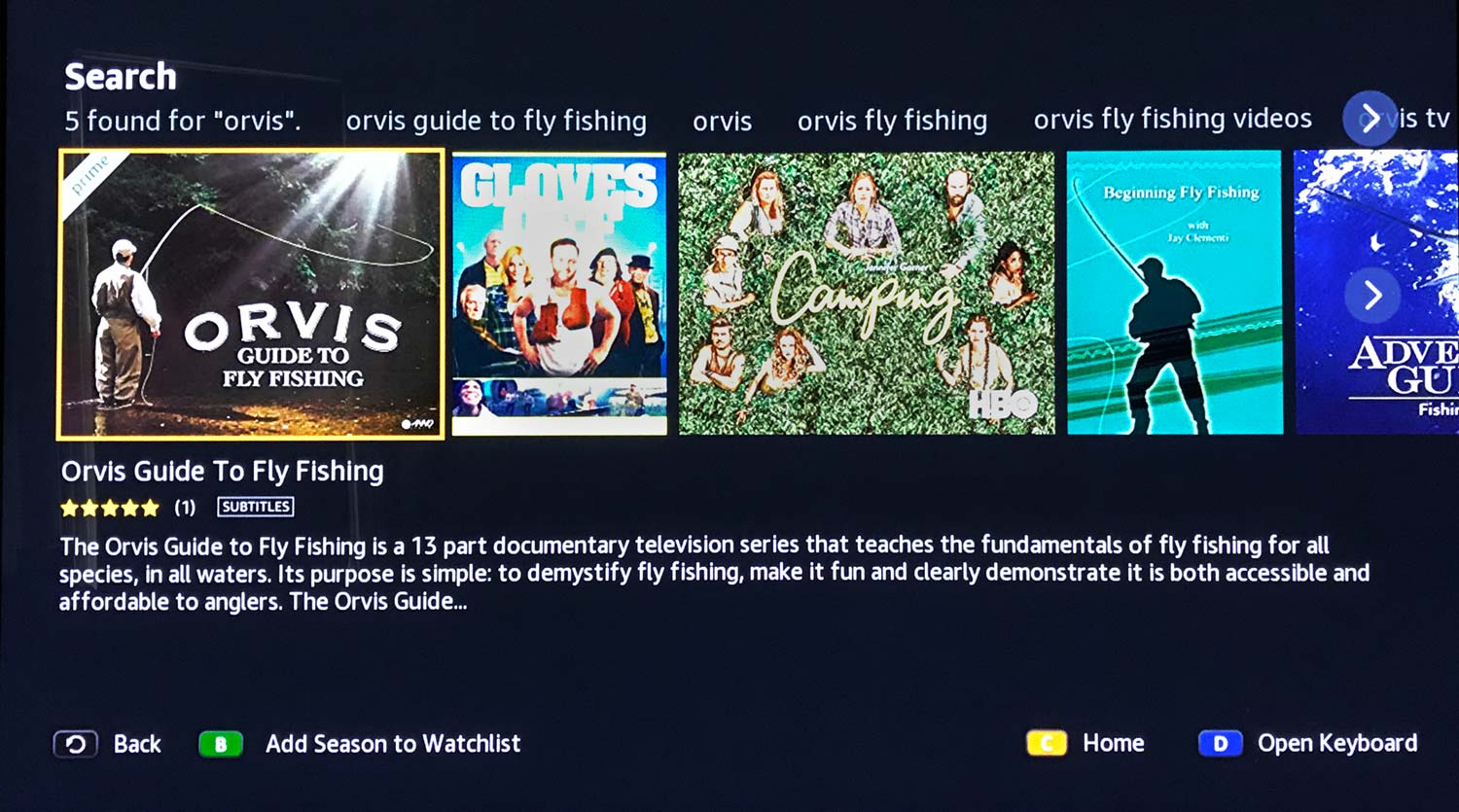
The Orvis Guide To Fly-Fishing is now streaming on demand on Amazon Prime.
I don’t think I’ve ever seen a more clear and thorough tutorial on fly fishing. Host Tom Rosenbauer strikes an amazing balance of covering both basic and advanced techniques in a way that absolute beginner can understand, while serving up details useful to advanced anglers. Tom does more than make it look easy. He gives you the tools to make it easy, and fun.
Each episode features casting instructor Pete Kutzer with a segment on casting skills specific to the topic of the episode. Even if you are an advanced caster, there’s plenty to learn from watching pete. He has some of the best technique I’ve ever seen.
Each episode is devoted to a specific topic and, of course, covers every modern technique for catching trout, but doesn’t stop there. Tom covers topics and species from bass to bonefish.
The thirteen part series is free to watch for Amazon Prime users.
CHECK OUT THE ORVIS GUIDE TO FLY FISHING AT HTTPS://WWW.AMAZON.COM
Read More »Redbands, 9X9
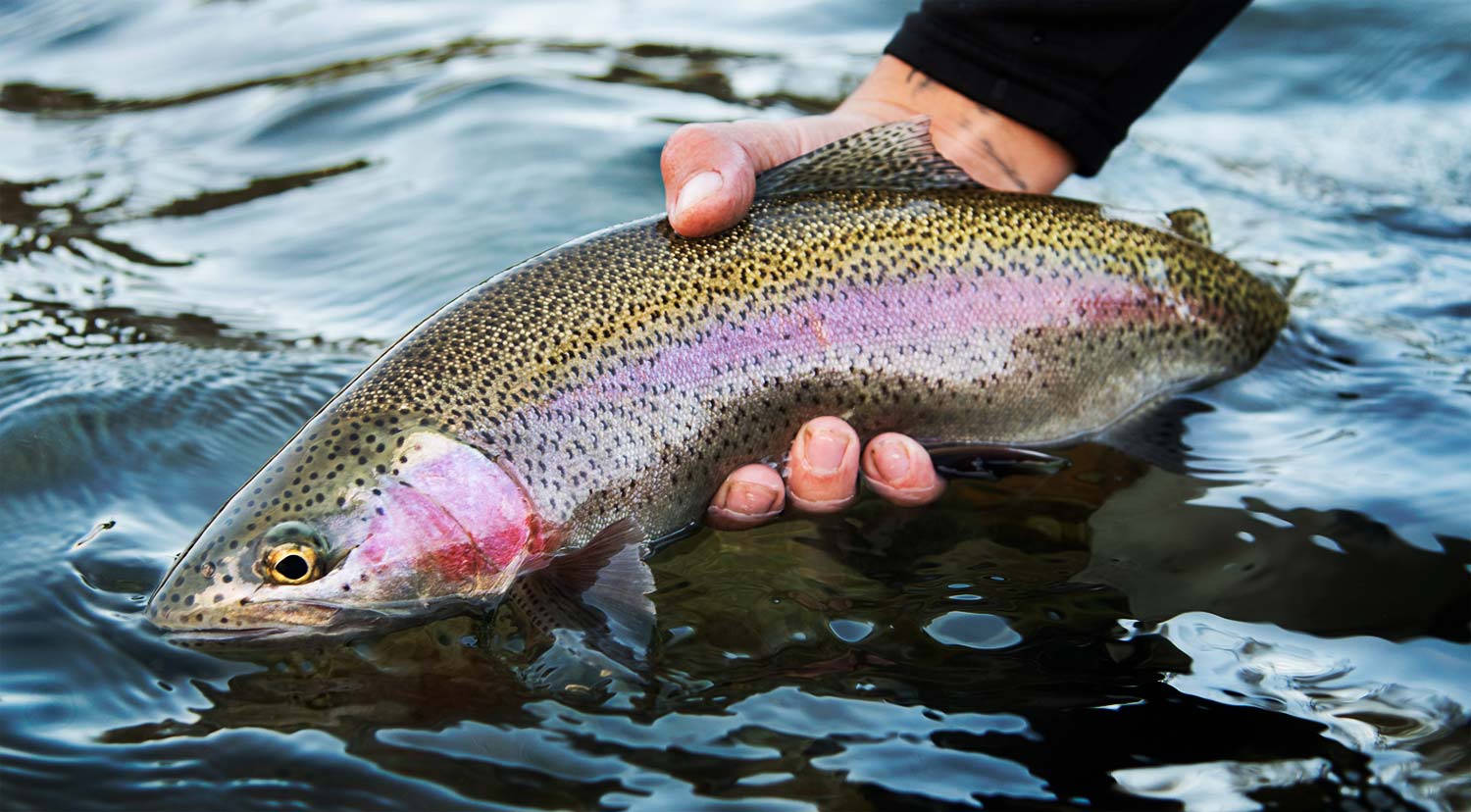
By Dan Frasier
“HE WANTS TO TALK TO YOU.” MIKE, THE OWNER OF ORVIS NORTHWEST OUTFITTERS, SAID FLATLY AS HE HANDED ME HIS CELL.
My guide. Colby, was on the phone and he had this idea. “Dude, I just had this thought that made me drop my toothbrush into the sink. We could go fish cutties on the CD, or… I’ve got this thing I’ve been trying to work out. We won’t see anyone and we may not catch anything, but if we do they’ll be big. Most I’ve ever gotten was 7. What do you think?”
A guide asking you for your opinion on fishing a certain waterbody isn’t what it appears. He knows the water best, you’re paying him to know the right answer to that question and you’re effectively guessing. Him asking you your opinion doesn’t make sense. Of course, that’s because both of you know he isn’t asking your opinion. He doesn’t think you have any special insight into where the right place to fish is, and he certainly isn’t at a loss for where there may be some trout. Instead, a subtle communication is taking place. A dance, usually understood by both guide and sport. There is a risk to be taken here and a choice to be made. The guide is telegraphing to you that you have two choices, the sure thing that will be good and an uncertain thing that may be great. He isn’t asking if you think that particular stretch of river will be any good to fish. Your opinion on that is worthless. He is asking you how much risk do you want to take. Are you willing to gamble a full day on the water for the possibility of something special?
The answer isn’t as easy as it may appear. If you spend 100 days a year on the water, or are on some kind of headhunting mission, then yeah, you take the risk. But if you only get out on family vacations the risk of a fishless day may be too much. Or perhaps you’re looking for a nice wade over cobble surrounded by mountains more than you’re want to hang a hog. We talk about flyfishing like it is a spiritual experience catalyzed by convening with nature in beautiful places. Believe it or not, some people actually feel that way about it to. Of course, despite the poetry flyfishing puts in your soul, I’d put dollars to donuts I could catch most of you fishing a golf course if it held 22 inch browns; passing up the 9 inchers in the babbling brook 3000 feet higher up in elevation.
I could tell by the tenor of Colby’s voice he was excited and I learned long ago that when a guide has something they’ve “been working on” you go.
Read More »Sunday Classic / 3 Fly Fishing Situations When I Will Stop My Streamer During the Retrieve
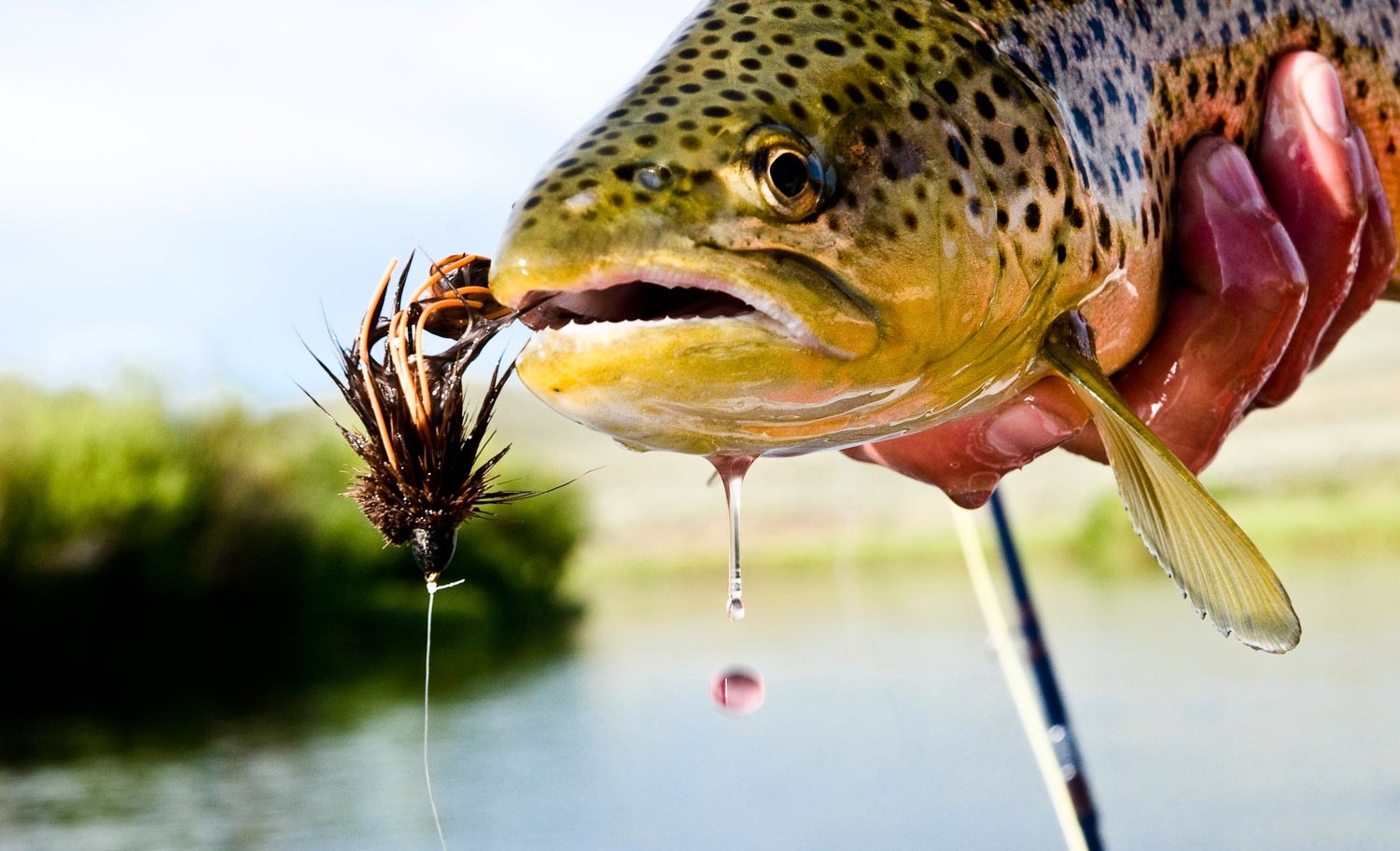
Warning: The fly fishing advice you’re about to read may go against your present beliefs. There’s a good chance you’ll feel inclined to tell me I’m nuts for recommending it. That’s totally cool, I just ask that you read what I’ve written, before you make the decision to set me straight.
IT HAS LONG BEEN DRILLED INTO OUR HEADS, THAT THE WORST THING A FLY FISHERMAN CAN DO WHEN A FISH IS TRACKING HIS/HER STREAMER, IS STOP THE RETRIEVE.
I agree with this advice 95% of the time because most prey when threatened by a predator, will swim as hard and fast as possible to escape being eaten. That being said, I’ve been on the water many times when the constant-strip retrieve, or even the speed-up retrieve with my streamer, has failed to get me the hook up from a following fish. It was only when I thought outside the box, and found the courage to go against the popular view that streamers should always be kept moving when a fish is tracking, that I found myself with a bent rod.
With most things in fly fishing, there’s always exceptions to the rule. No matter how rare the exception may come up, a fly fisherman should always be willing to experiment when traditional tactics aren’t producing. If I told you that you were going to be streamer fishing a river where there were lots of injured and dying baitfish, would you still believe that a constant retrieve with a streamer would be your best tactic? What about if you were fly fishing trout water that had huge populations of sculpins or I said you were going to be fly fishing on a lake for largemouth bass, with water temperatures in the high forties? These are just a few fly fishing situations when I’ve found that a stop-and-go retrieve with a streamer can produce better than a constant retrieve, when fish are tracking but not eating. Below are three situations when killing your streamer retrieve, could prove to be your golden ticket.
Read More »Saturday Shoutout / Somewhere Else
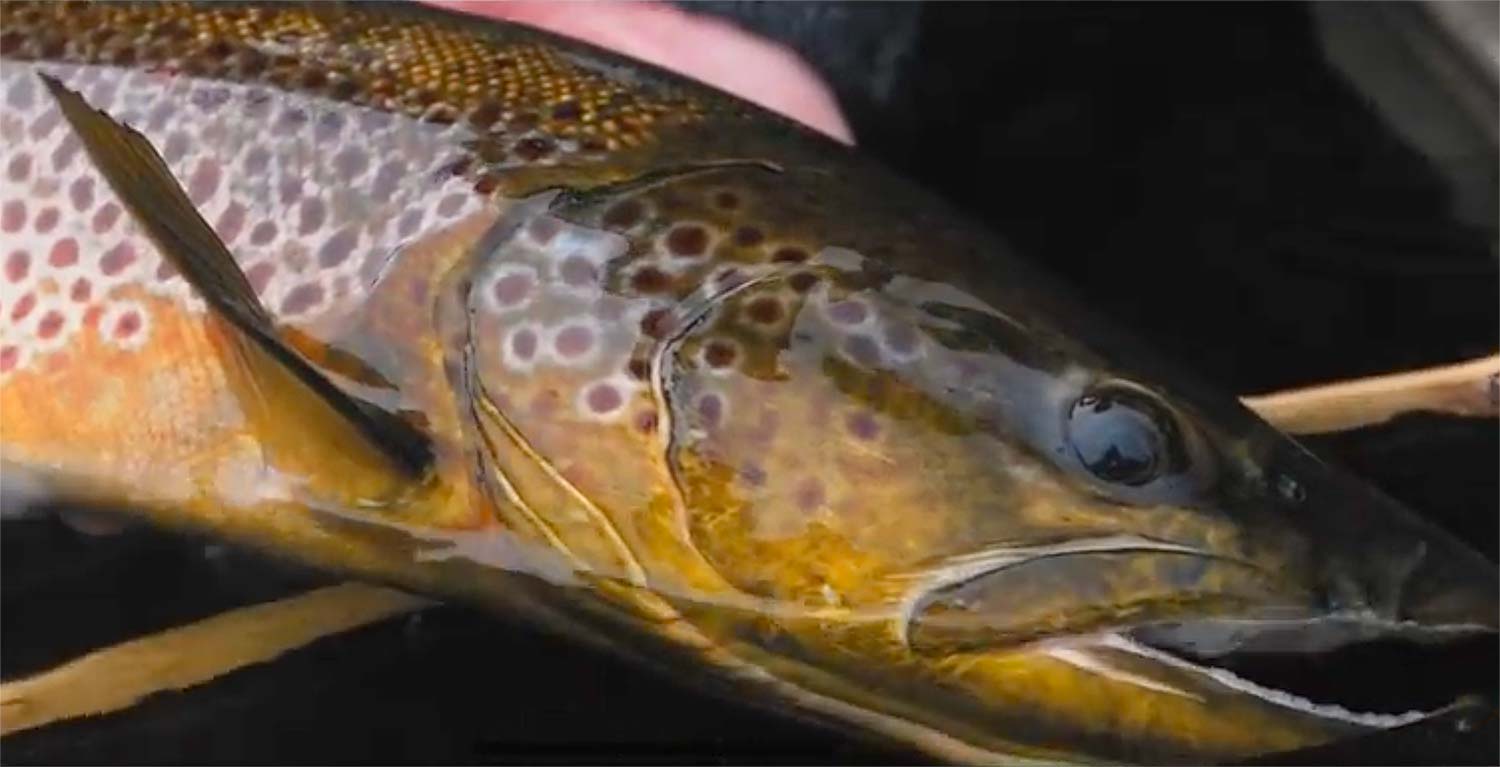
Ever get that feeling you should be somewhere else?
Rolf Nylinder does. Even if only to watch his, so called, friends catch big brown trout, while enduring mosquito bites and the seeds of envy.
ENJOY: “MOSQUITOES & MAYFLIES | EP1 | SOMEWHERE ELSE”
Read More »How To Tie The Billfish Knot: Video
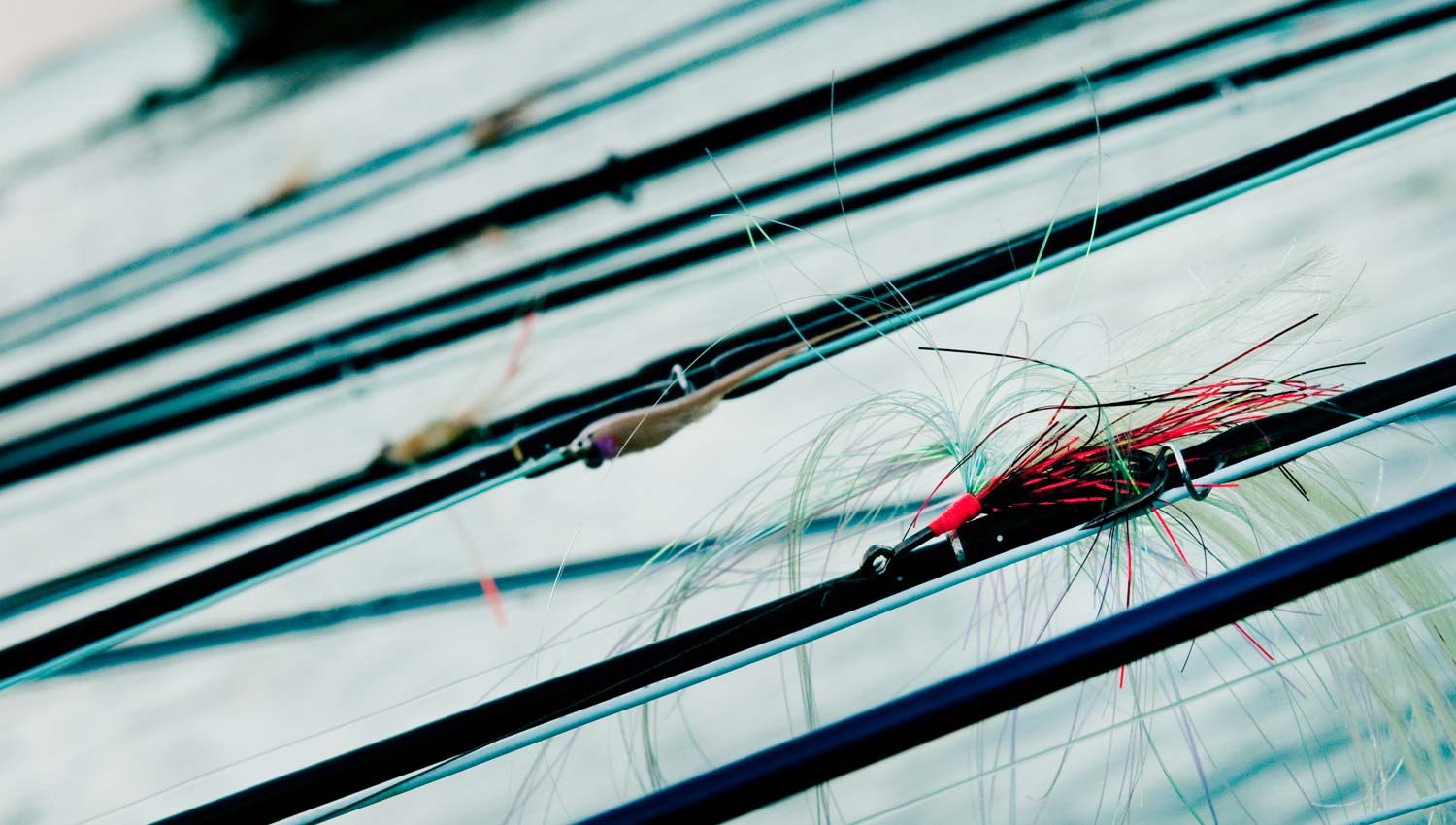
The Billfish Knot is a simple knot for wire leader that will not break.
I use a Billfish Knot almost every time I use wire leader. It’s super simple to tie, taking only a few seconds, it has a small profile and it simple will not break. I use this knot for barracuda, shark, musky, golden dorado and any other species that requires a braided wire leader.
The only time I use a different knot for wire is when I use single strand wire, which requires a Haywire Twist, or when attaching the hook for a pacu bead. If you are going to catch toothy species, this is a knot you need to know.
WATCH THE VIDEO AND LEARN TO TIE THE BILLFISH KNOT.
Read More »Strategies For DIY Bonefishing

By Rod Hamilton
I RECEIVE EMAILS EVERY DAY FROM ANGLERS LOOKING FOR ADVICE ON HOW TO CATCH BONEFISH ON THOSE DAYS WHEN THEY ARE NOT WITH A GUIDE.
The email usually goes something like this: “I do fine when I’m guided, but can’t seem to either find fish or get them to eat when I am on my own.”
“What am I doing wrong?”
DIY-6I’ve been bonefishing for twenty years and like most of us, spent the first five years fishing exclusively with guides. I thought I was getting pretty good and put my bonefish I.Q. at around 120. So, I tried it on my own, only to find out that it was actually my guide who was smart and my bonefish I.Q. was more like 35.
So game on, challenge accepted, and I have spent the last fifteen years learning everything I could about how to DIY for bonefish.
DIY-1There is a lot to learn to be successful on your own. After all, now you have to know where the fish are, how they react to tides, what they eat, see them before they see you and make a presentation that won’t send them into deep water. There is no boat to run you out three miles, instead a car, bicycle or kayak is your chariot to the flats.
Nothing replaces time on the water and most of the early lessons are going to result in fishless days, but let me see if I can ease the pain and help shorten the learning curve with some basic strategies for the DIY fisherman.
1. Learn to use Google Earth
Instead of spending those hours at home dreaming about your upcoming trip, spend that time scouring satellite images to find places others might not easily discover. The hardest bonefish in the world to catch are those that have been trained by the few hundred anglers before you.
2. The DIY Fly Box is different then the Guide Fly Box.
Read More »Through A Lens Darkly
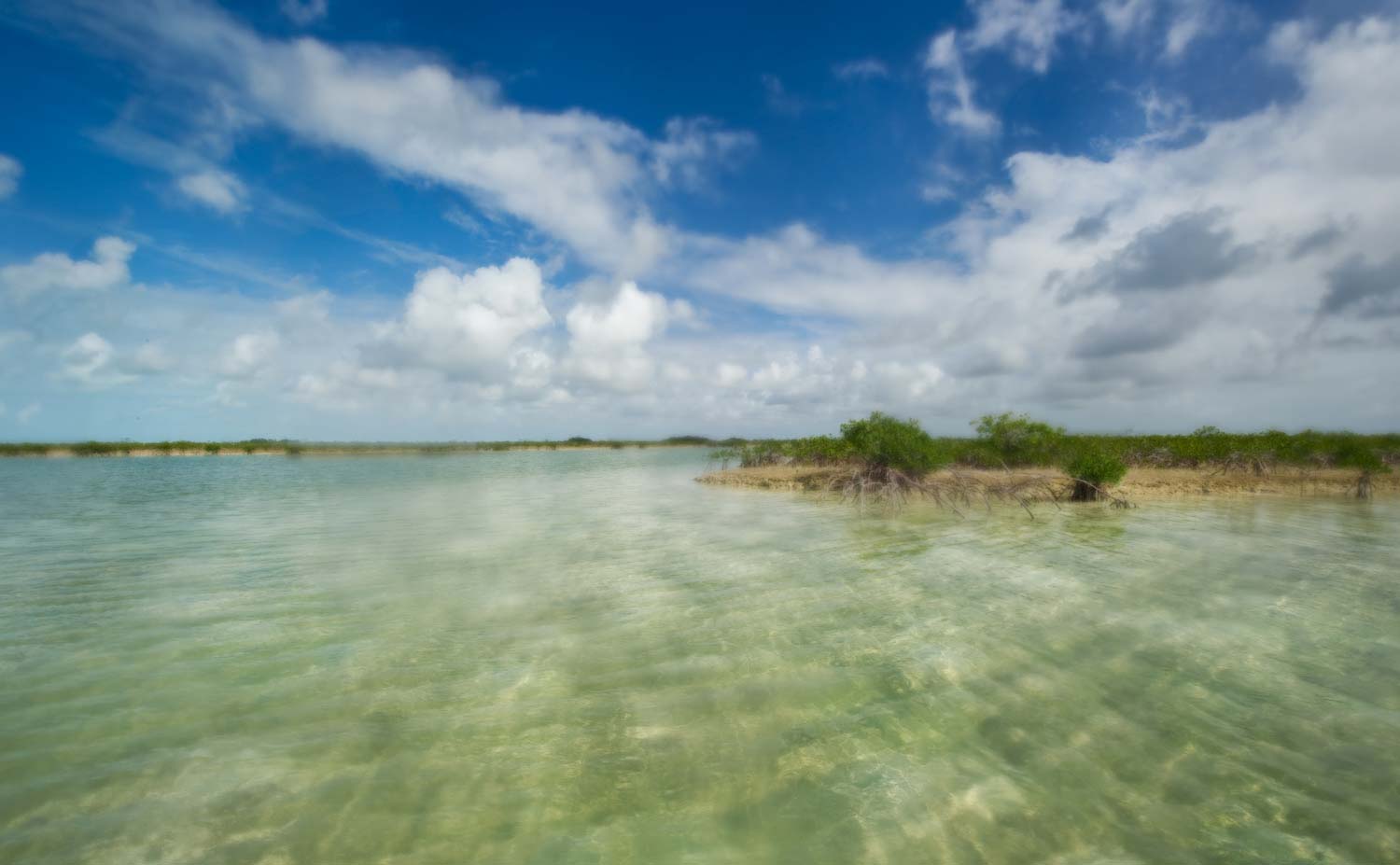
What is an angler without his eyes?
All of my life I have defined myself by my eyes. Certainly as a photographer, and as I developed in the sport, more and more as an angler. My vision has been at the center of my life, in both my work and my play. It was just over a year ago that I was on the bow of a flats boat in the Bahamas, on a cloudy day with tough visibility. I had explained to my guide several times that I have a 40% loss of hearing. It takes a long time for guides to adjust to the idea that they have to yell at their clients when they’re not F-ing up. Fortunately I’d done pretty well at finding fish for myself. About the fourth time I spotted, and hooked, a bonefish before my guide saw it, my guide mumbled something and my boat-mate started to laugh.
“What’d he say?” I asked.
“He said, you may not can hear but there’s not a damn thing wrong with your eyes.”
I didn’t know it yet, but he was wrong. In fact, I had already started to lose my sight. The change was slow and I didn’t notice it at first. Oddly enough, my first clue was not that I couldn’t see but that I couldn’t hear. For years I’ve gotten by in conversation by reading lips. I only started to realize I had a problem with my eyes when I could no longer see well enough to know what people were saying.
It wasn’t long before the truth was painfully obvious. Driving became difficult, and impossible at night. Horns would blare when I changed lanes and I missed turns because I could no longer read signs. Not even the big ones over the interstate. I started walking into door casings. When I closed my left eye, the world looked like a Monet painting. In the space of a year any usable vision in my right eye was gone and much in my left. Forget about seeing bonefish.
Read More »Sunday Classic / Czech Nymphing: Dell Neighbours Talks Tactics & Rigging with G&G
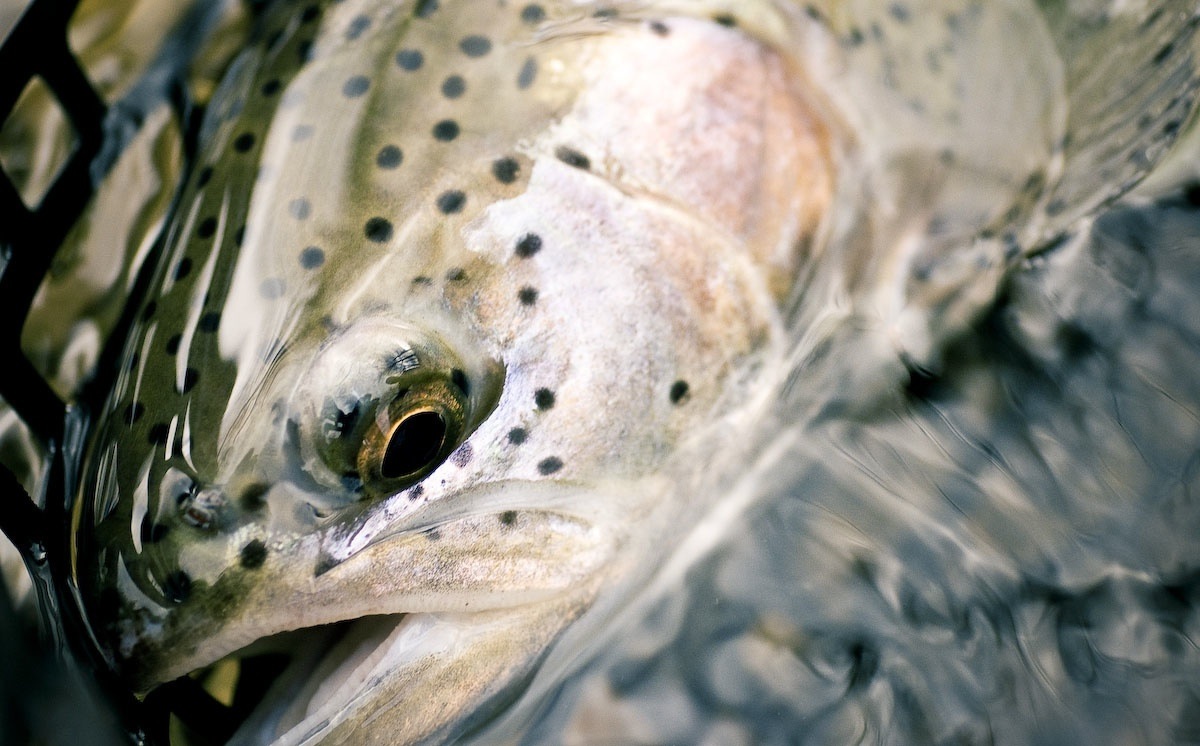
For a while now, we’ve been getting requests from G&G readers about writing a Czech nymphing post. It’s a subject we’ve wanted to tackle on the blog for a while now, but neither Louis or I specialize in Czech nymphing. Furthermore, we’re not the kind of guys that write about fly fishing topics that we’re not experienced with. When we find ourselves in this position, we go out and talk with the professionals who are, gather the information, and then bring it back to you. Dell Neighbours, head fly fishing guide for Reel Job Fishing, is highly competent in Czech nymphing, and he’s volunteered to talk with us today about Czech nymphing tactics and his rigging recommendations.
CZECH IT OUT!
I often have clients ask me about my fishing style when I mention I normally don’t use strike indicators when I’m nymph fishing. Currently, there seems to be a growing interest with indicator-free nymphing for trout, so I was pretty excited when Kent asked me to write a post for the G&G readers about Czech nymphing. There’s many different styles and tactics out there for catching trout without strike indicators, but the primary method that comes to mind for most fly fishermen, is Czech nymphing. When you strip away everything to the bare bones, Czech nymphing is very similar to the traditional American tactic of high-sticking with nymphs. The only real difference lies in the rig setup and you don’t use a floating strike indicator.
Read More »Saturday Shoutout / Casting in Jaguey Grande, Cuba
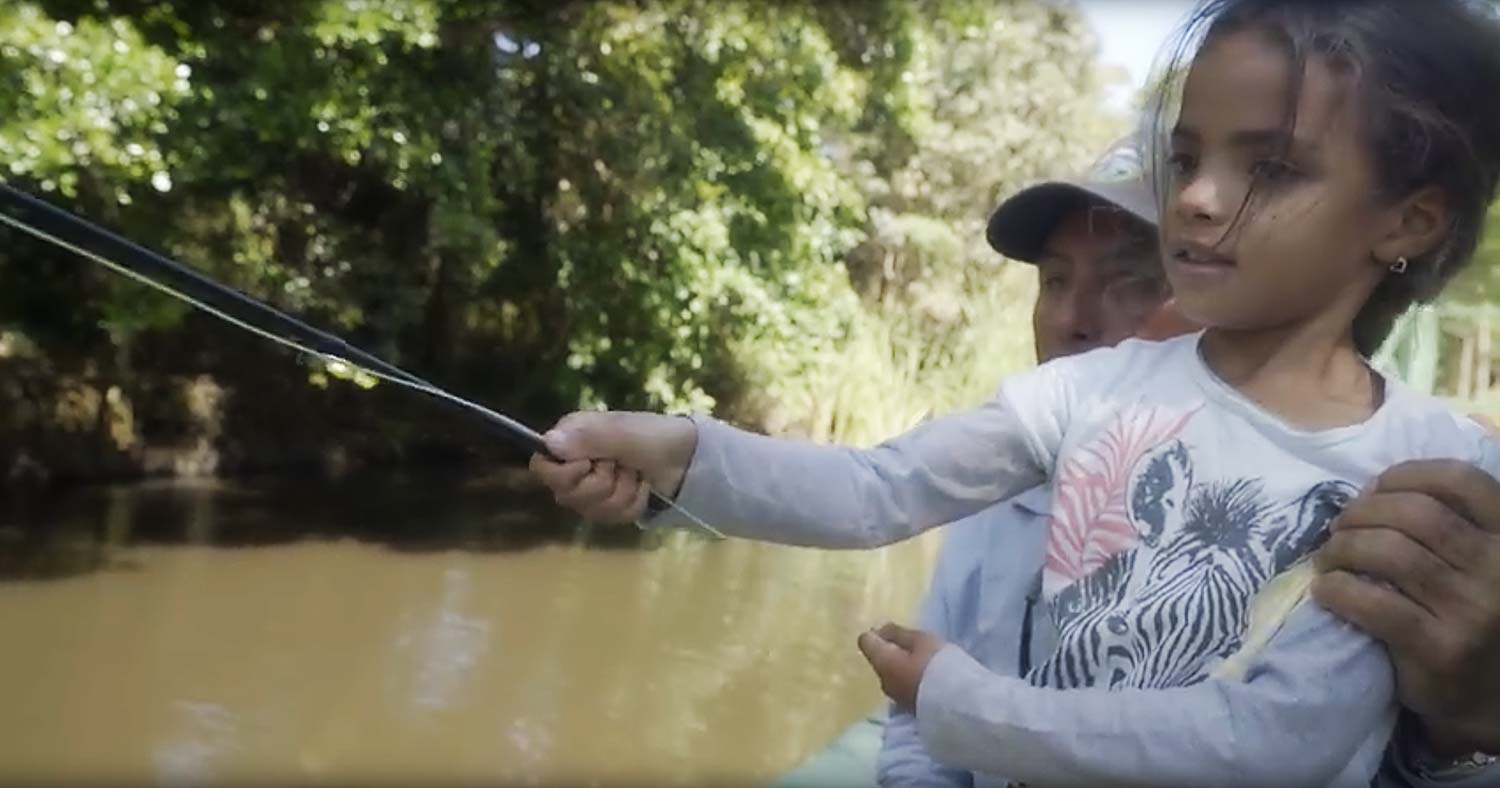
Kids, some barely waist high, casting fly rods in the dirt streets of Jaguey Grande. Not the common picture of Cuba.
This film tells a remarkable story of a Cuban man who couldn’t have children of his own, and instead became the father of a town, teaching the kids to cast, to fish, and later to guide. One man’s focus and generosity helping kids cast for a better Cuba.
“Sponsored by SIMMS Fishing, from Grizzly Creek, Casting in Jaguey Grande tells the real story of the changes facing the next generation of Cubans- far from glossy scenes of vintage cars and cigars that the fill the travel magazines.
Just a few clicks north of Bay of Pigs’ pristine mangrove flats – some of the best bonefish habitat in the world – lies Jaguey Grand, Cuba. A surprising scene plays out on a sweltering afternoon in the town’s dusty streets and alleys: Cuban kids with rods and reels attempt to master the art of the fly cast. Their mentor and father figure, Felipe, guides affluent anglers from around the globe to the regions coveted sport fisheries nearby. However, gaining the same access for his “ninos” proves to be difficult.”
ENJOY: “CASTING IN JAGUEY GRANDE, CUBA”
Read More »5 Tips For Technical Tailwaters
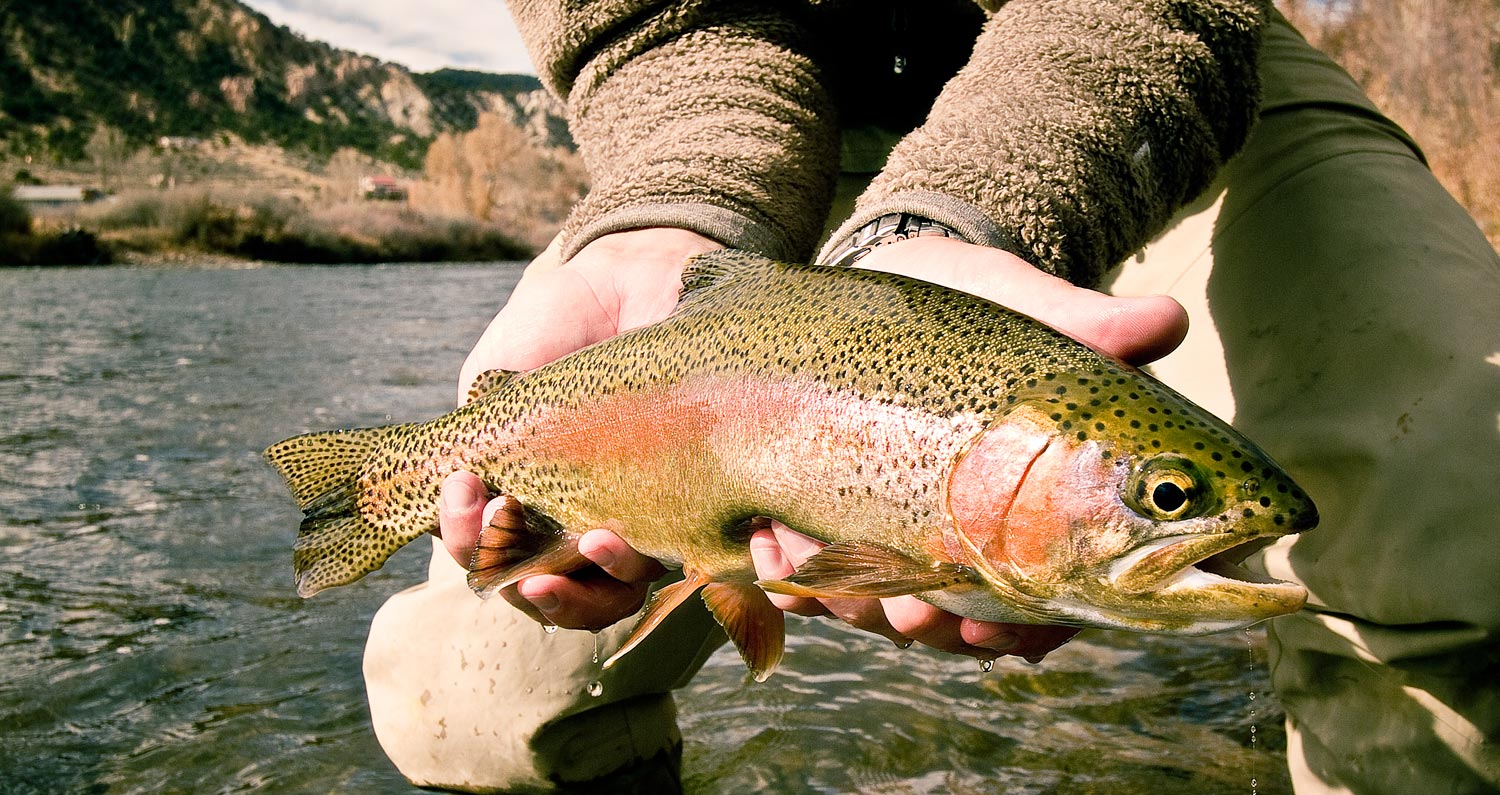
By Johnny Spillane
COLORADO HAS SOME OF THE TOUGHEST TAILWATERS ANYWHERE.
Tailwater trout get a good education. They see plenty of attention, especially the fish in Colorado’s well publicized fisheries. The Yampa, here in Steamboat Springs, is a great example. A lot of anglers think they can’t catch these fish. Trout have a brain that is smaller then a pea. Tailwater trout may be educated but I’m positive that you can out-think a trout in a technical tailwater situation.
HERE ARE FIVE TIPS TO HELP YOU CATCH INCREDIBLY “SMART” FISH.
1. Go light and go small.
Fish are creatures of their environment. If they see small bugs all the time then you have to fish accordingly. 7X tippet and size 24 or 26 bugs are what the fish are looking for. Go down in tippet size before you switch fly patterns.
2. Match the sky
If you are fishing with an indictor, go with something that matches the color of the sky. If it’s overcast, use gray yarn, if it’s clear use a small clear or white Thingamabobber or yarn. You can also use a Slinky indicator. They are deadly with picky fish.
3. Use stealthy weight
If you are using split shot, make sure they are not flashy at all. Anything painted in a moss green is better then silver lead.
